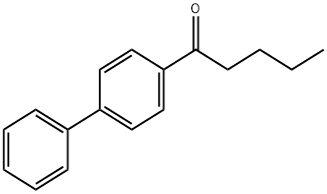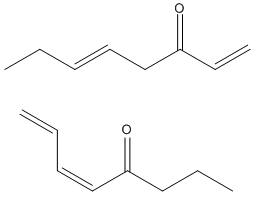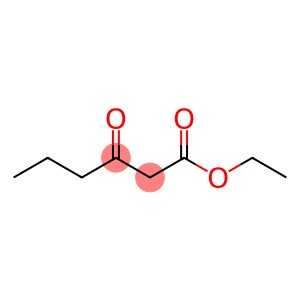2-Methyl-2-pentenal(CAS#623-36-9)
| Hazard Symbols | Xn – Harmful |
| Risk Codes | R10 – Flammable R20 – Harmful by inhalation R36 – Irritating to the eyes |
| Safety Description | 26 – In case of contact with eyes, rinse immediately with plenty of water and seek medical advice. |
| UN IDs | UN 1989 3/PG 3 |
| WGK Germany | 1 |
| RTECS | SB2100000 |
| Hazard Class | 3 |
| Packing Group | III |
Introduction
2-Methyl-2-pentenal is also known as prenal or hexenal. The following is an introduction to the properties, uses, preparation methods and safety information of the compound:
Quality:
2-Methyl-2-pentenal is a colorless liquid with a peculiar pungent odor. It is a liquid that is insoluble in water and soluble in many organic solvents. At room temperature, it has a lower vapor pressure.
Use:
2-Methyl-2-pentenal has a wide range of industrial applications. It can also be used as a rubber processing aid, rubber antioxidant, resin solvent, etc.
Method:
The preparation of 2-methyl-2-pentenal is often obtained by the reaction of isoprene and formaldehyde. The specific steps are generally as follows: in the presence of an appropriate catalyst, isoprene and formaldehyde are added to the reactor in a certain proportion and maintained at an appropriate temperature and pressure. After the reaction has been carried out for a period of time, purified 2-methyl-2-pentenal can be obtained through process steps such as extraction, water washing, and distillation.
Safety Information:
2-Methyl-2-pentenal is a harsh chemical that can irritate the eyes, skin, and respiratory tract when exposed. Wear appropriate protective equipment when operating and avoid direct contact as much as possible. It is also a flammable liquid and should be protected from contact with high temperatures, open flames and oxidizing agents. In case of accidental leakage, appropriate measures should be taken promptly to clean up and dispose of it.








